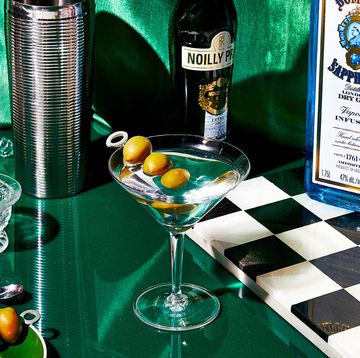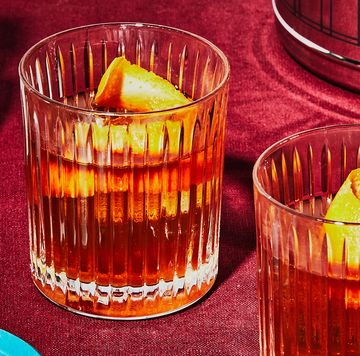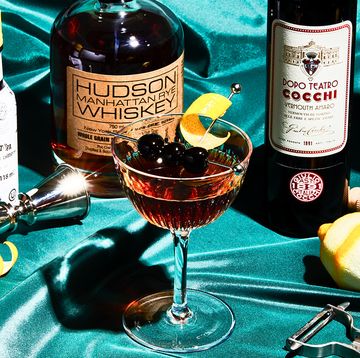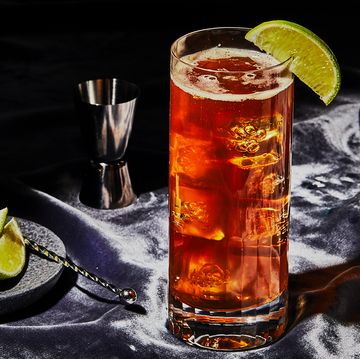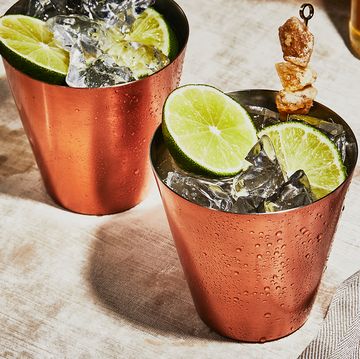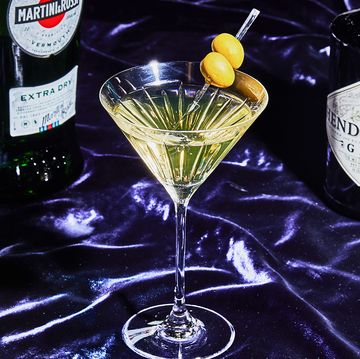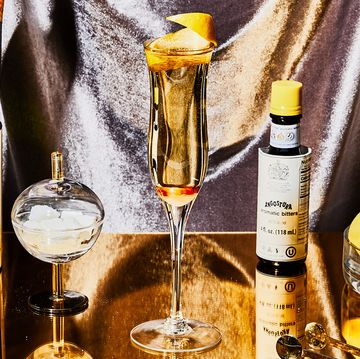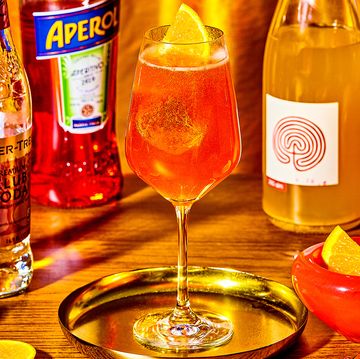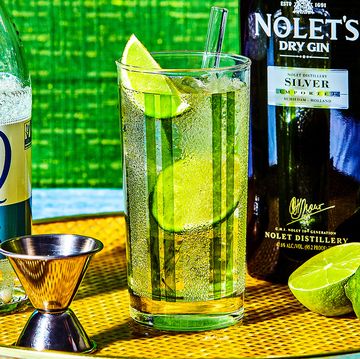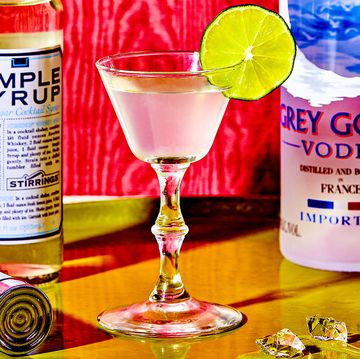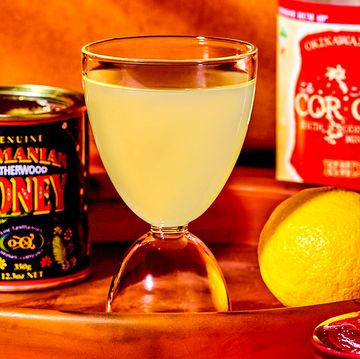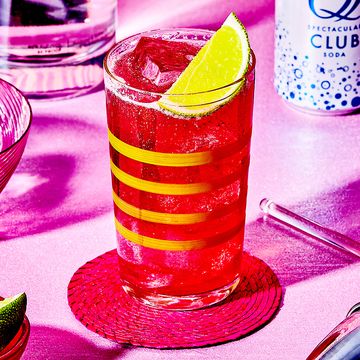At first glance, the Rosita looks complex. Five ingredients? In this economy? When you're accustomed to dousing gin with lime and tonic and crowning yourself master mixologist of the century? Five? Calm down. These five ingredients are all integral to a whole lot of other cocktails, so you ought to have them in stock anyway. But they're worth buying for a Rosita alone.
Think of a Rosita like a Negroni going through a rebellious phase. Instead of gin, you use tequila, a more guttural spirit. Campari lends the same bitterness, but you interplay two kinds of vermouth instead of one, then round out the drink with an herbaceous dash of Angostura. It is a globe-trotting cocktail, with stops made in Mexico, Italy, and Trinidad. It is eager to throw down. At the risk of sounding banal, it is a perfect summer cocktail. It is worth the effort.
A Little Background
The Rosita is what you'd call a modern classic. As in, it wasn't invented back in a time when men wore bowlers and didn't believe women should have the right to vote, like many great cocktails were. It seemed to have first appeared in a 1988 edition of Mr. Boston's Official Bartender's Guide, a go-to source for bartending. From there, Gary "gaz" Regan, an industry icon, picked it up and retooled it for his 1991 book The Bartender's Bible, then completely forgot he'd ever made, tried, or written about it. Until a decade later, when it resurfaced with a friend, prompting gaz to look into its modern-day roots and discover those roots in fact led to...himself. As he wrote in a 2007 newspaper column, "I deduce, therefore, that back in 1990, when I was compiling The Bartender's Bible, I must have actually tested the recipe for Rosita. Wonders never cease."
Join Esquire Select
If You Like This, Try These
If you want to retreat to more familiar ground, there's always the Negroni. It's a year-round staple. Its brother the Americano is lighter—just Campari, sweet vermouth, and soda. Also in the family is the bitter, Italian Aperol Spritz. And, because we berated you for complaining about the Rosita's ingredients list, we'll let you in on a hack: Most aperitifs (Italian, French, or otherwise) tastes delightfully fresh with a bubbly mixer—a Campari soda or a vermouth spritz, for instance. They're low ABV to boot.




